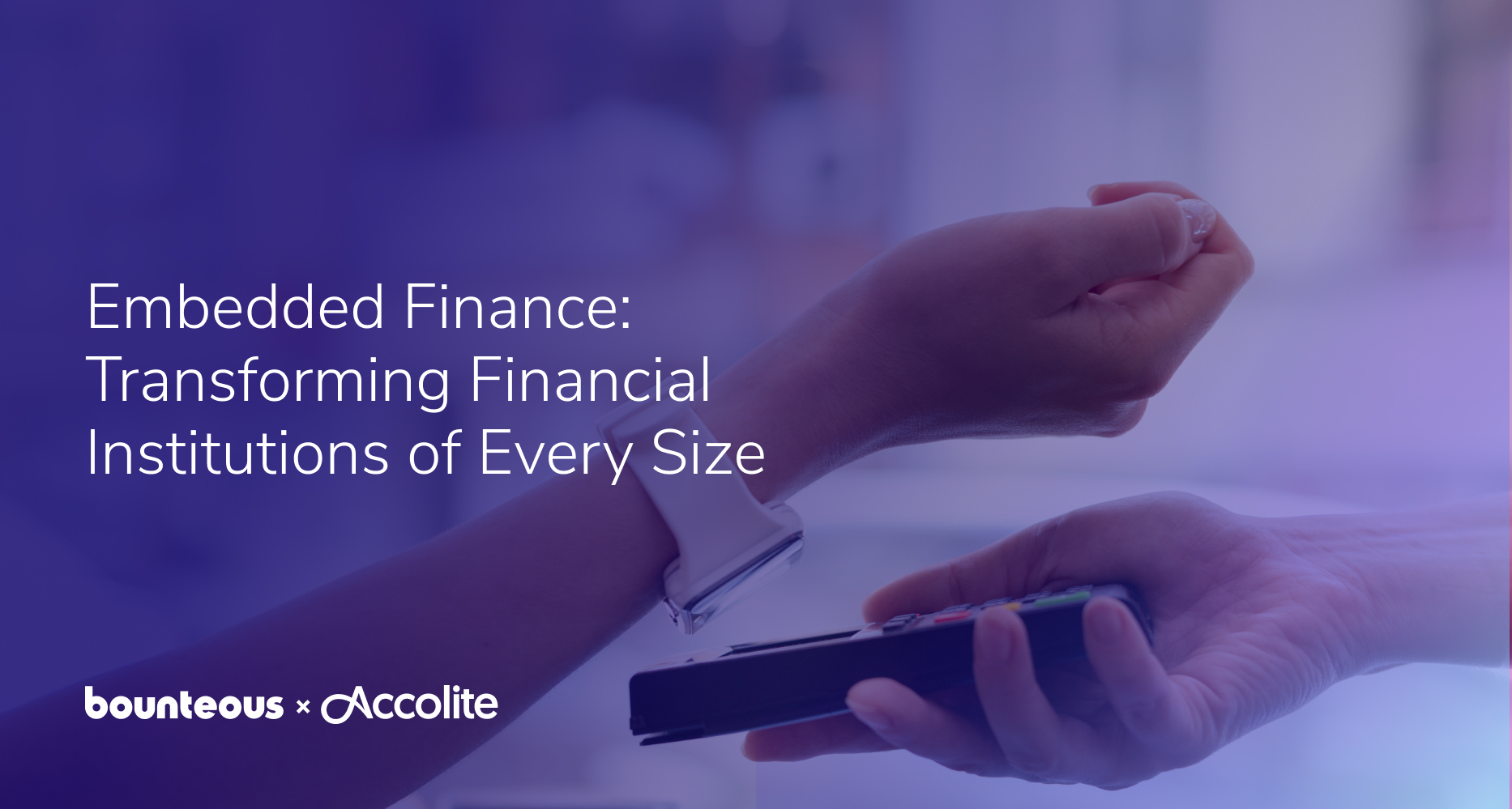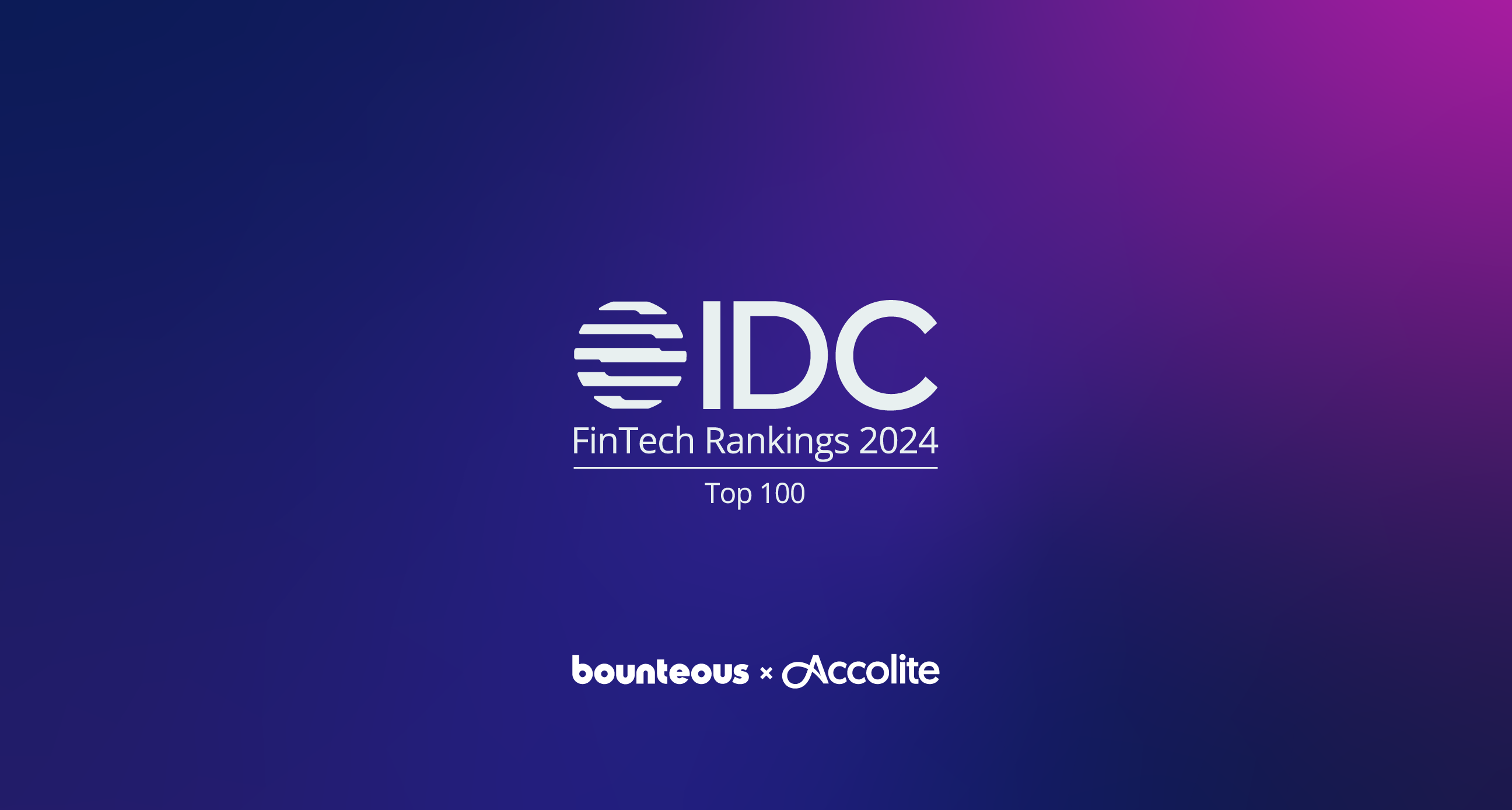Personalization Best Practices in Finance to Foster Trust and Loyalty

In today’s digital world, personalization has become the cornerstone of effective marketing strategies. With the promise of delivering customized experiences that engage and convert, personalization is widely used to capture attention in a crowded financial marketplace. The average consumer maintains 5 to 7 financial accounts across a combination of banks, credit unions, investment brokerages, credit card providers, fintech leaders and more. This disjointed data creates fragmentation which makes it difficult to provide a clear picture of customers.
Personalizing financial messaging based on a portion of an individual’s true financial picture isn’t easy. And despite significant investment in personalization tactics, many financial companies are finding that their efforts aren’t yielding the engagement or customer loyalty they had hoped for. In fact, overly generic or misplaced personalization efforts often fall flat, leaving customers unimpressed or, worse, feeling misinterpreted by a trusted financial partner.
So, where does modern personalization miss the mark, and what can financial companies do to get it right?
Why Current Personalization Efforts Miss the Mark
One of the main issues with current personalization strategies is that they rely heavily on basic demographic and behavioral data. By focusing on obvious metrics like age, location, and past purchases, companies often fail to consider deeper aspects of the customer’s journey and individual needs. This “surface-level” personalization results in messages that may feel targeted but often lack the context or relevance needed to resonate on a personal level. Additionally, customers are increasingly savvy due to the amount of personalization they have become accustomed to. They can easily identify when they’re receiving generic marketing that only appears to be customized.
Another pitfall is over-reliance on automation and predictive analytics without adequate human oversight. Many personalization platforms generate messages using algorithms that focus solely on past behaviors, making them less effective in responding to the shifting preferences and needs of customers. As a result, consumers often receive messages that seem outdated or that don’t align with their current goals, interests, or life circumstances. For instance, if a customer has recently expressed interest in a mortgage, they may be shown ads for personal loans due to past browsing behaviors—a disconnect that diminishes trust in the brand.
Finally, excessive use of data without clear consent or transparency erodes consumer trust. Customers value personalization but also expect brands to respect their privacy and be transparent about how their data is used. Financial companies, in particular, must prioritize building trust through ethical data practices, as customer loyalty is closely tied to their reputation for integrity and confidentiality.
Three Ways Financial Companies Can Improve Personalization
1. Use Dynamic Customer Profiles for Contextual Personalization
Financial needs are dynamic, and so should be the customer profiles that inform personalization efforts. Rather than relying solely on historical data, financial companies should implement dynamic customer profiles that capture real-time data points like life changes, recent product interactions, or current financial goals. For example, if a customer has recently opened a savings account, follow-up communication could focus on setting financial goals or using tools to track their savings progress. A dynamic profile allows for personalization that evolves as the customer’s needs change, making the brand’s messaging more relevant and timelier.
2. Segment Beyond Demographics to Emphasize Behavior and Intent
Moving beyond demographic data, financial companies should invest in segmentation that considers behavioral cues, life stages, and intent. Customers who recently engaged with retirement planning resources, for instance, may be at a different financial stage than those seeking credit card information. By using behavioral segmentation, a bank could create personalized content for retirement planning versus content that speaks to short-term financial goals, like building credit. Focusing on a customer’s intent at different stages of the financial journey allows the company to offer information that aligns with their immediate needs and interests.
3. Blend Automation with Human Insight for Adaptive Messaging
Automation is invaluable for scale, but human insights are essential to adapt and improve messaging over time. Financial companies should implement periodic reviews of automated messages and their customer engagement strategy to ensure they align with current customer needs and sentiment. Human oversight can help adjust messaging to reflect economic shifts, changes in customer sentiment, or new financial products. There’s also always opportunity to identify ways to leverage AI to enable personalization and human interaction improvements. For example, during economic downturns, automated systems may not adjust automatically to a heightened sensitivity to debt or rapidly changing cashflow needs. By incorporating manual reviews, banks can ensure messages are empathetic and aligned with the current financial climate, ultimately improving engagement and loyalty. Rather than relying on marketing teams to rapidly react to changing marketing conditions, having adaptive messaging strategy in place can help address customer needs faster.
Closing the Personalization Gap
While personalization remains a powerful tool, financial companies must move beyond surface-level tactics and adopt a deeper, more adaptive approach. By focusing on dynamic profiles, refined segmentation, and a blend of automation enabled by AI and human insight, financial institutions can rapidly create a more authentic, relevant, and engaging customer experience. We believe the financial partner with personalization that respects the customer’s changing needs, goals, and privacy builds trust and enhances engagement will have the greatest opportunity to grow their depth of customer relationships to be designated an individual’s primary financial partner.


